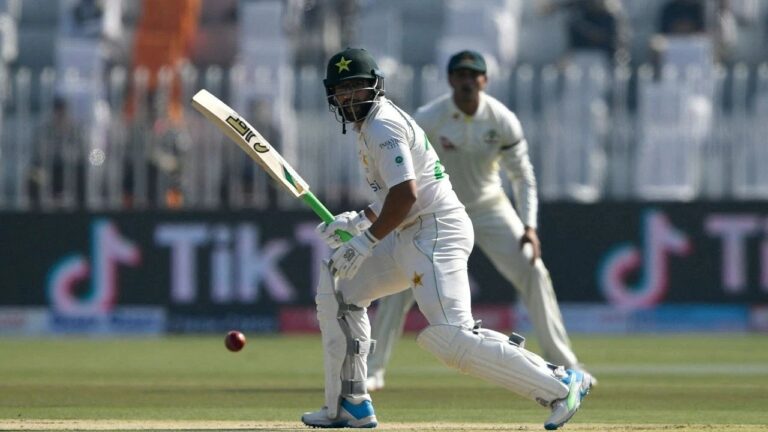Analyzing Cricket’s Environmental Footprint
Online Cricket ID, 11xplay: Cricket matches, rousing excitement and enthusiasm among fans, can also have unintended consequences on the environment, particularly air quality. The massive influx of spectators, vendors, and supporting staff to cricket stadiums leads to an increase in vehicular traffic, which, in turn, contributes to air pollution. The emissions from numerous vehicles releasing pollutants such as carbon monoxide and nitrogen oxides can have a detrimental impact on the surrounding air quality, affecting both immediate and distant areas.
Furthermore, the continuous use of electricity for various operations during cricket matches, such as stadium lighting and digital screens, adds to the overall carbon footprint of the event. The collective energy consumption not only leads to increased greenhouse gas emissions but also contributes to the degradation of air quality. In order to mitigate the negative effects of cricket matches on air quality, sustainable practices such as promoting public transportation, encouraging carpooling, and implementing energy-efficient solutions can play a vital role in reducing the environmental footprint of these events.
Water Consumption in Cricket Stadiums
Water consumption in cricket stadiums is a significant consideration due to the large volumes of water required to maintain the playing surface and fulfill the needs of spectators. The lush green outfield and pitches necessitate constant watering to ensure optimal playing conditions, contributing to substantial water usage throughout the season.
Moreover, the demands of a diverse crowd at cricket matches result in elevated water consumption for various purposes like sanitation facilities, irrigation systems, and food and beverage services. As a result, cricket stadiums must implement efficient water management strategies to minimize waste and promote sustainability in line with global conservation efforts.
Waste Management at Cricket Events
Waste management at cricket events plays a crucial role in promoting environmental sustainability and reducing the carbon footprint associated with such large gatherings. With thousands of spectators attending matches, the amount of waste generated can be substantial. Therefore, implementing effective waste management strategies is essential to minimize the impact on the environment.
One common approach adopted at cricket events is the segregation of waste bins for different types of materials such as recyclables, compostables, and general waste. This practice not only ensures that waste is disposed of appropriately but also facilitates recycling and composting efforts. Additionally, promoting eco-friendly practices among spectators, such as using reusable containers and avoiding single-use plastics, can further contribute to reducing waste generation at cricket events.







